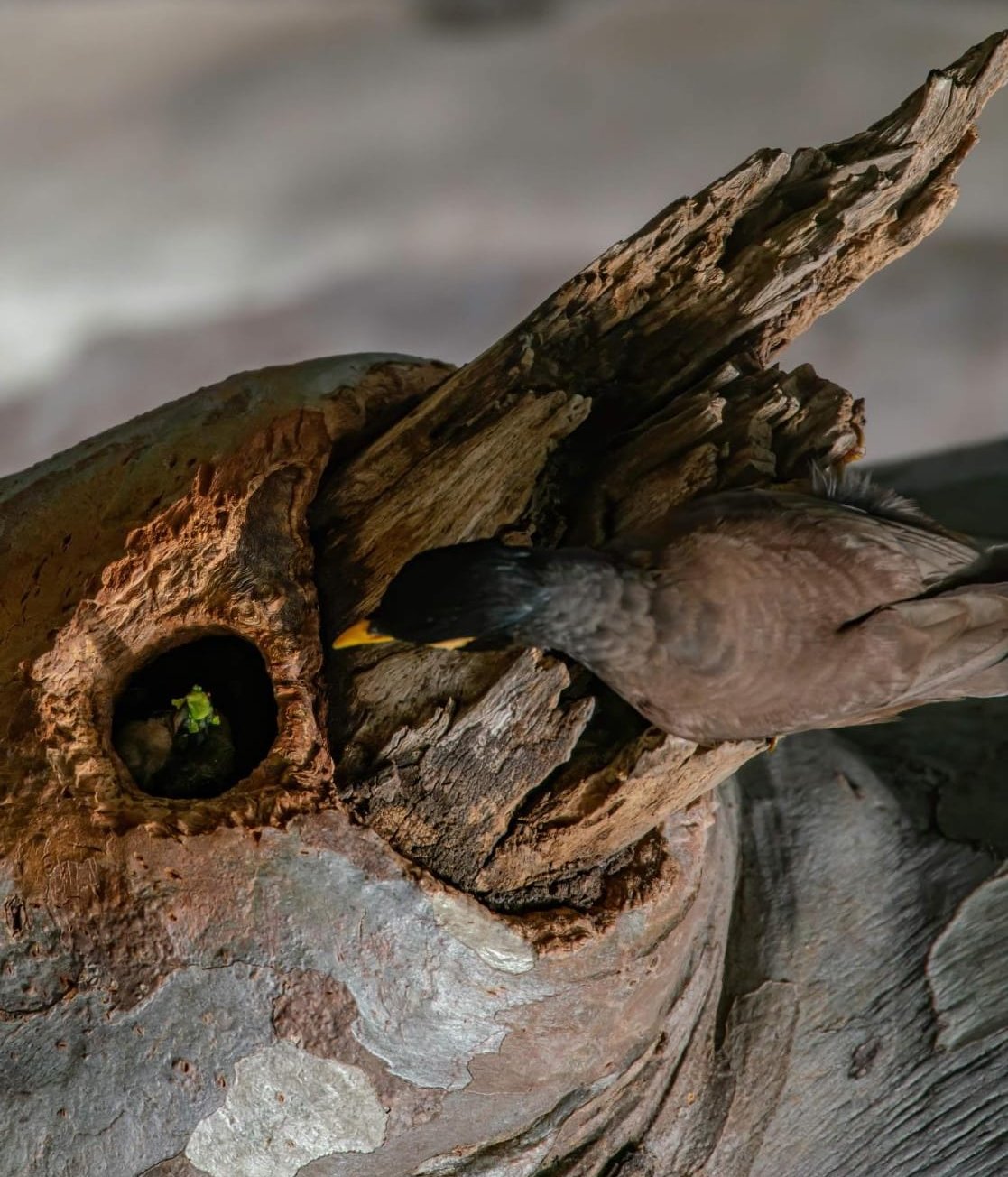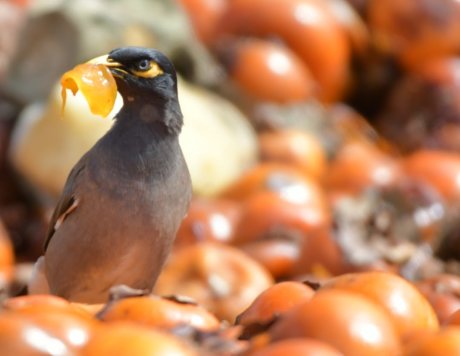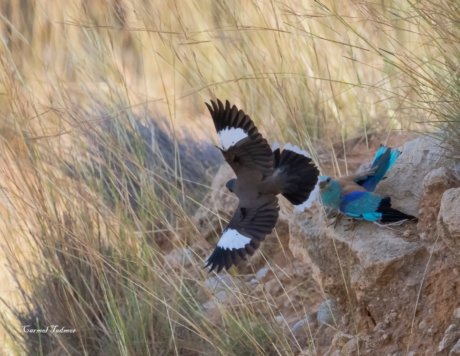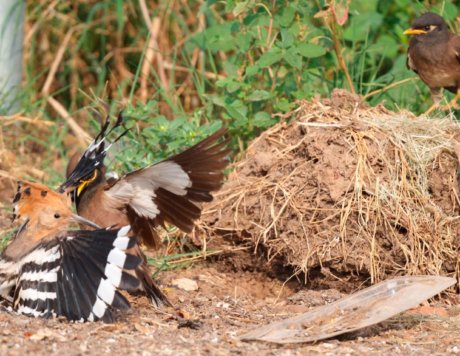
Here research on the Indian myna is being conducted, in cooperation with the Technion, Tel Aviv University, and Ben-Gurion University.
Please keep a distance and avoid interfering with the research.
This trap was installed under a permit from the Israel Nature and Parks Authority to trap invasive and locally overabundant species and prevent them from spreading and impacting humans, agriculture, and nature in Israel.
For further information: Ramat Hanadiv, 04-6298-111 or 04-6298-119
The Indian myna is invasive in many countries around the world, and has been declared one of the 100 most destructive invasive species in the world by the International Union for Conservation of Nature (IUCN).
The ecological destruction caused by the myna is significant, and severely impacts local bird species in Israel. The myna displaces local birds from breeding sites, obstructs nests and even preys on chicks, and is a real threat to biodiversity in Israel.
The study at Ramat Hanadiv is in collaboration with Tel Aviv University, Ben Gurion University and the Israel Nature and Parks Authority. This study aims to test different management methods to reduce the activity of the Indian myna in protected landscapes, following the concerning increase in the number of mynas in Israel, in general, and in Ramat Hanadiv Nature Park, in particular, in recent years.
Any question? We will be glad to help




